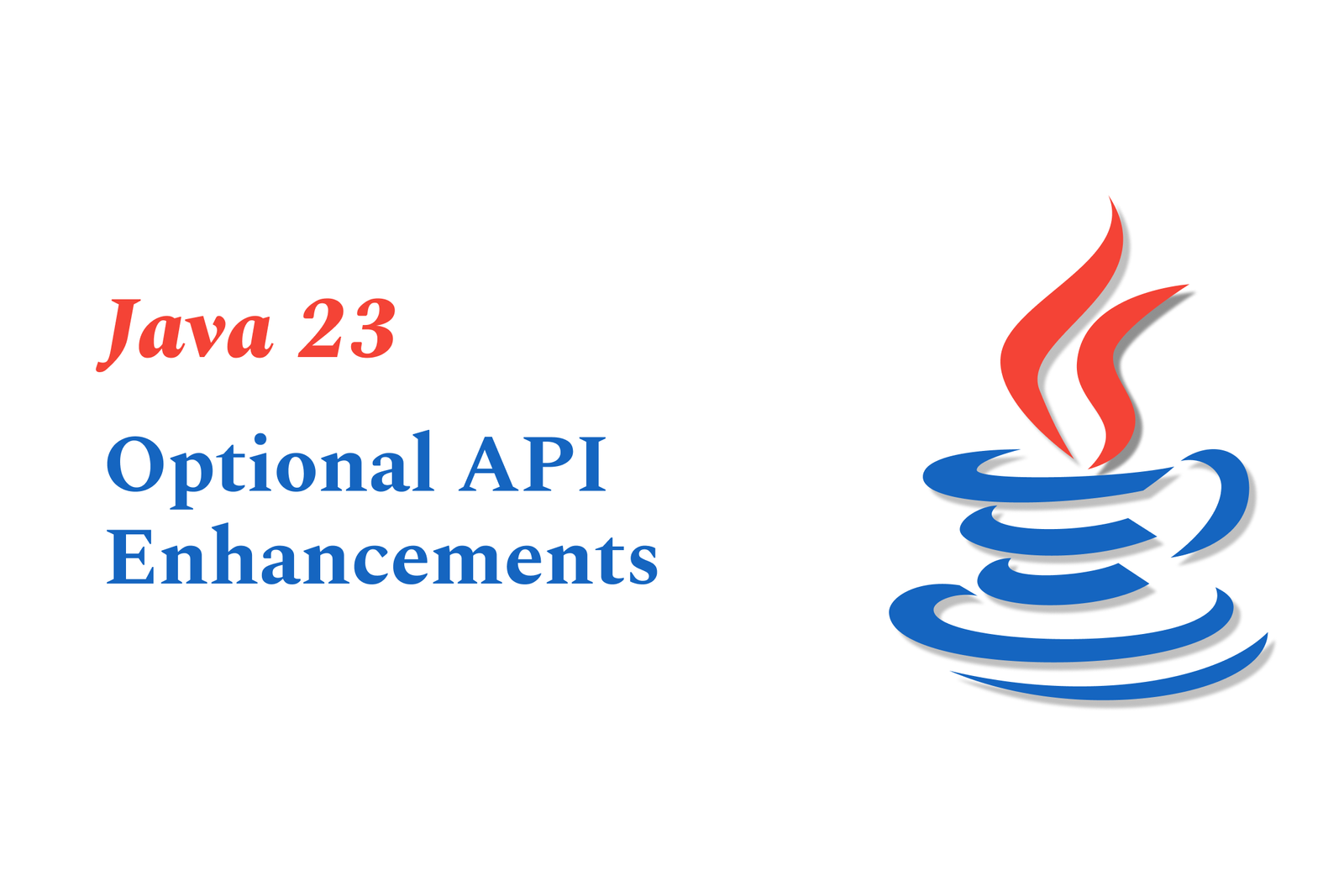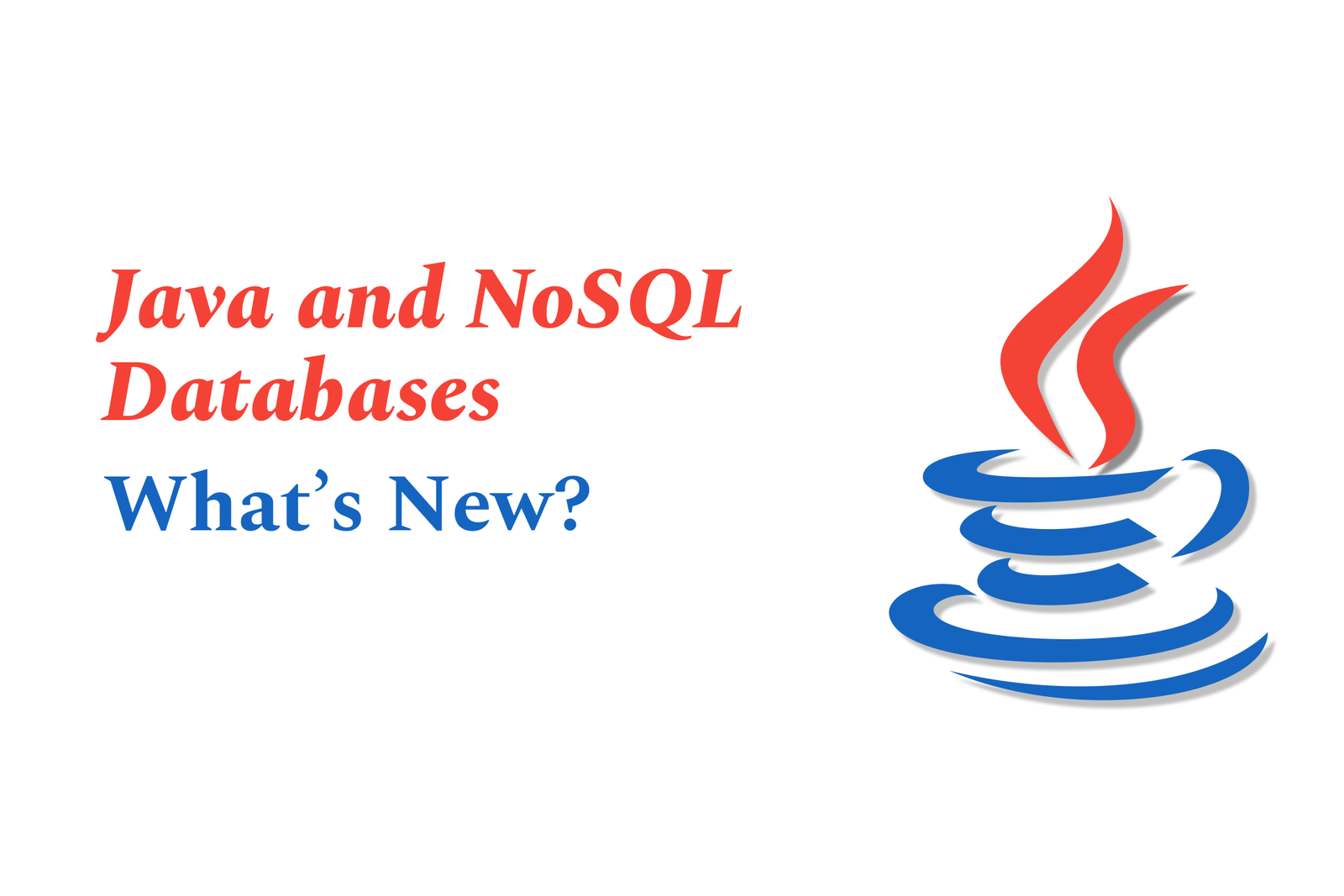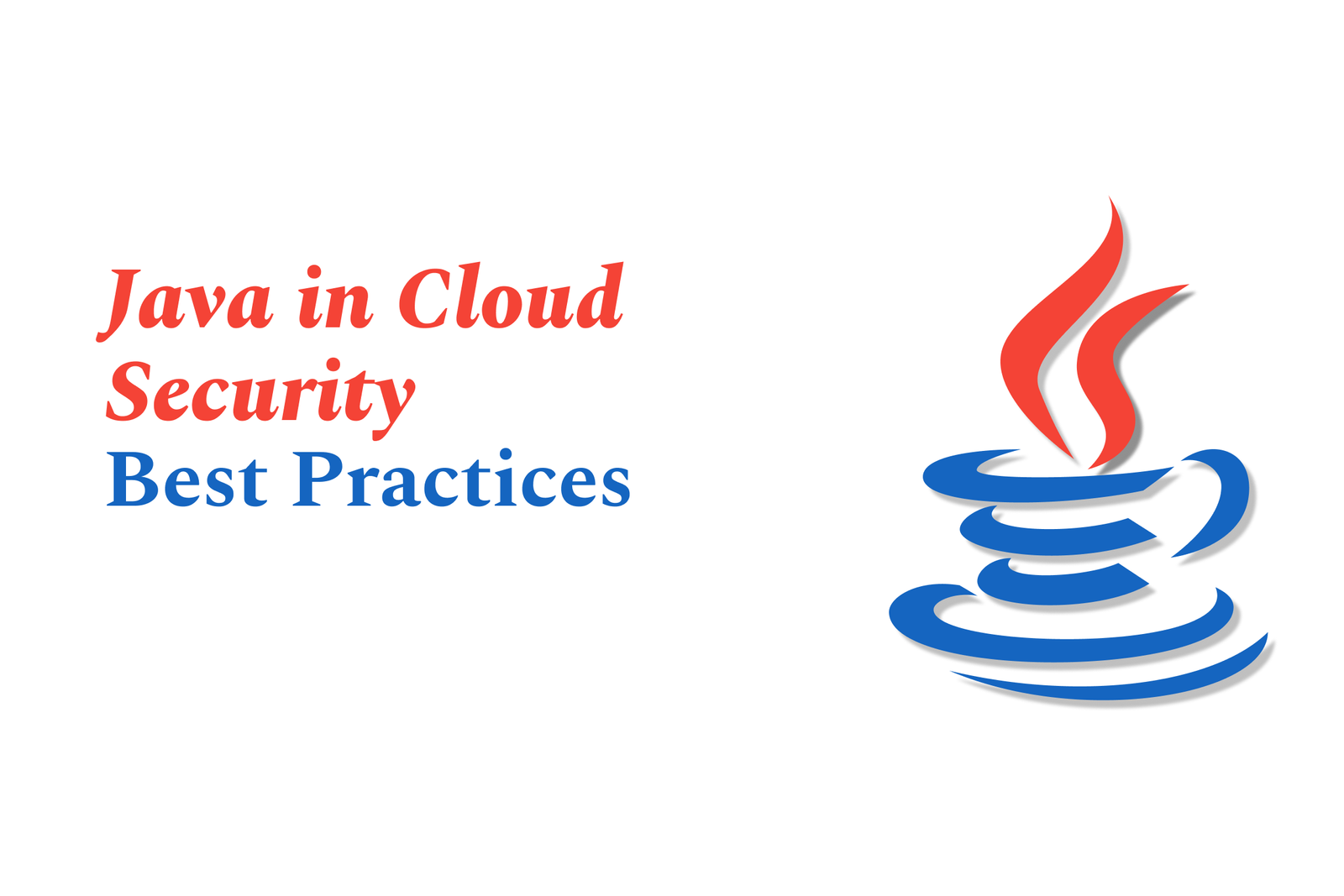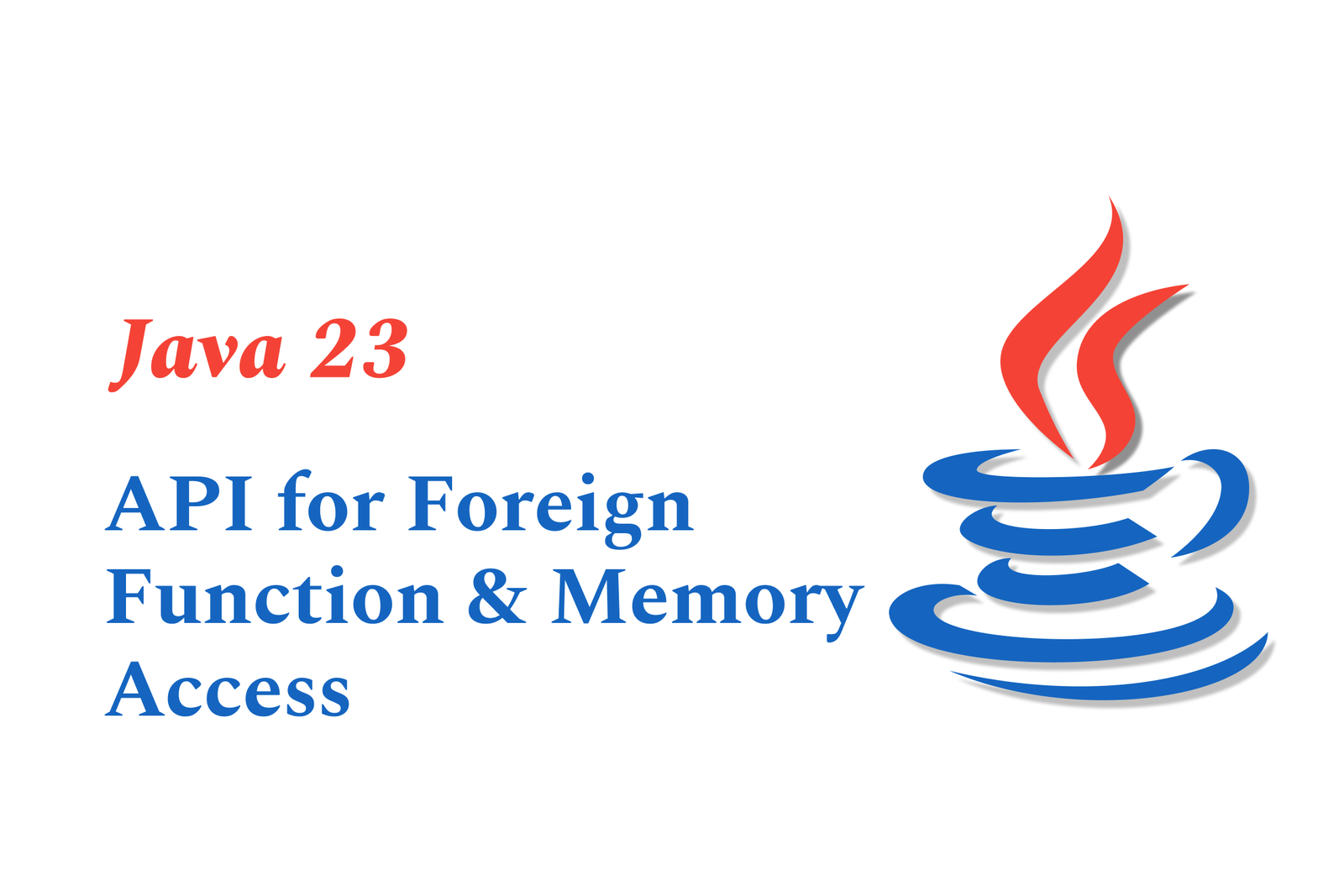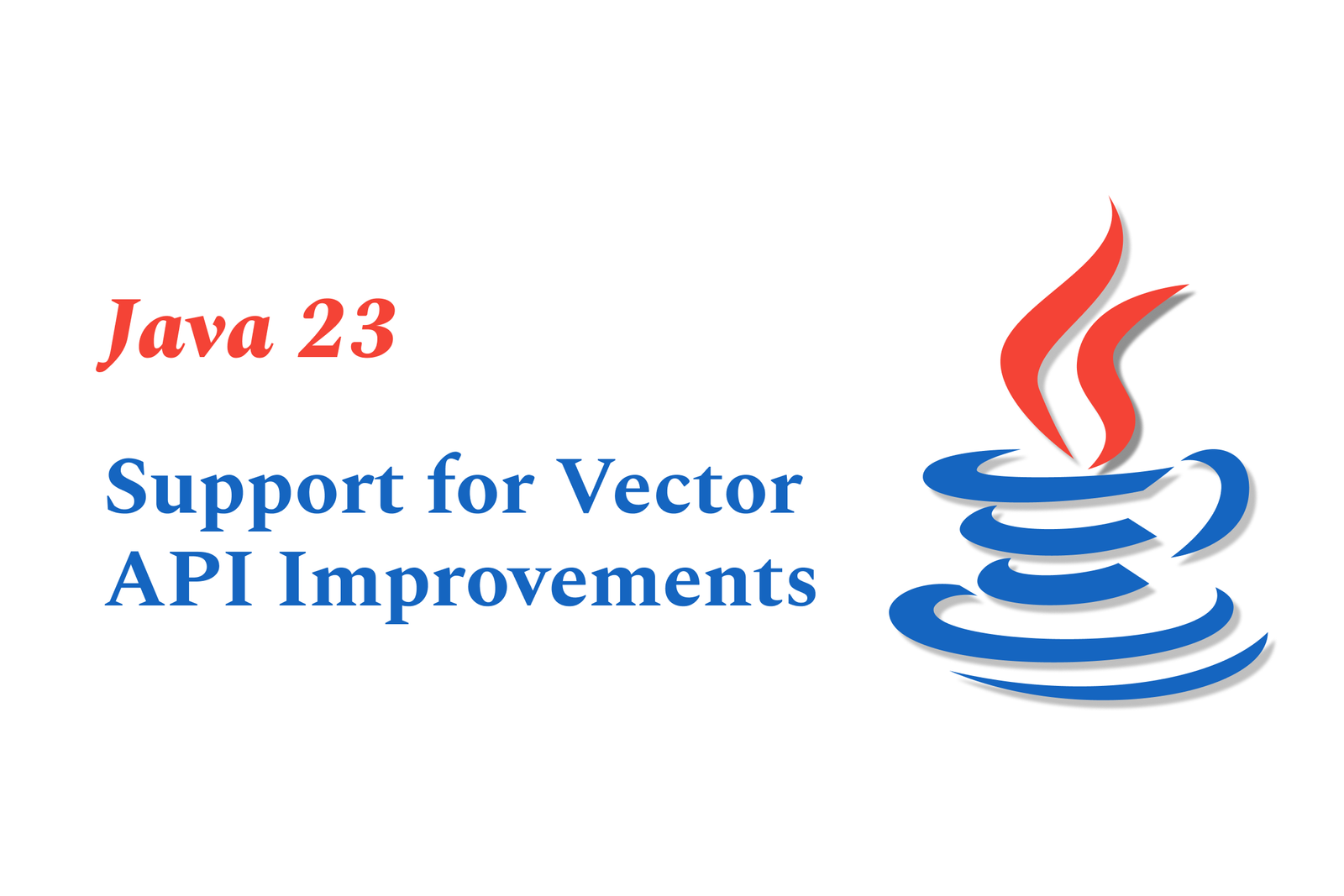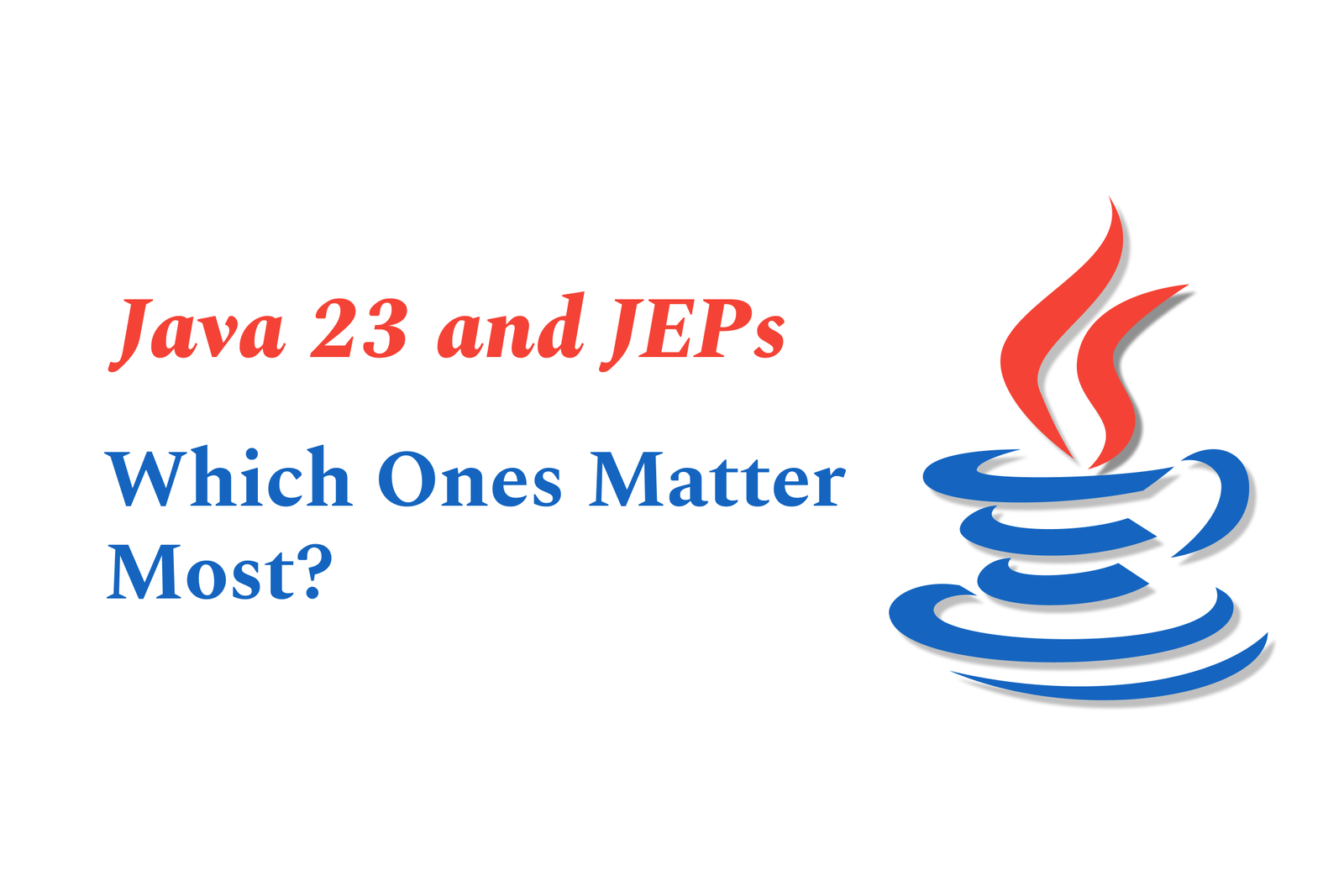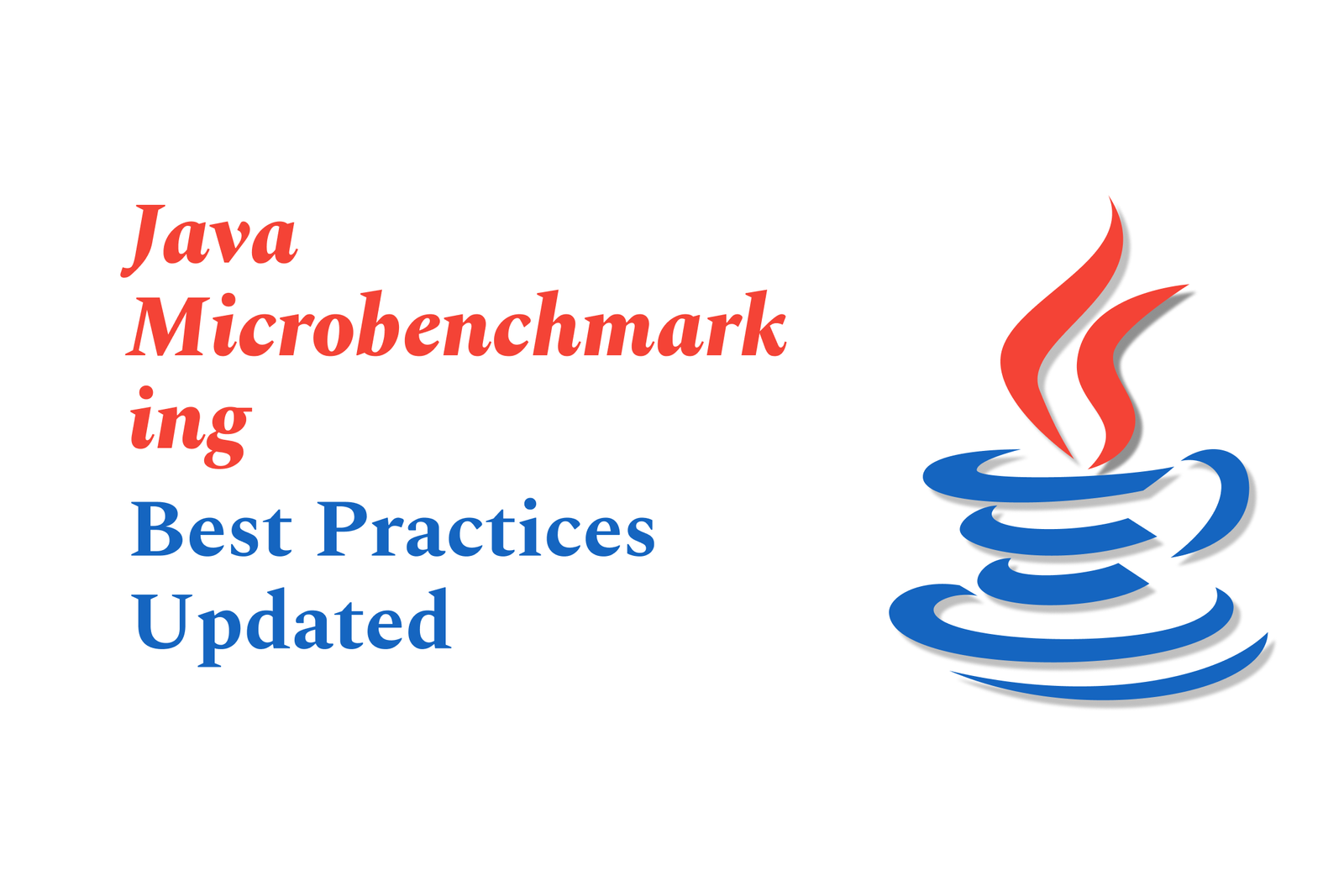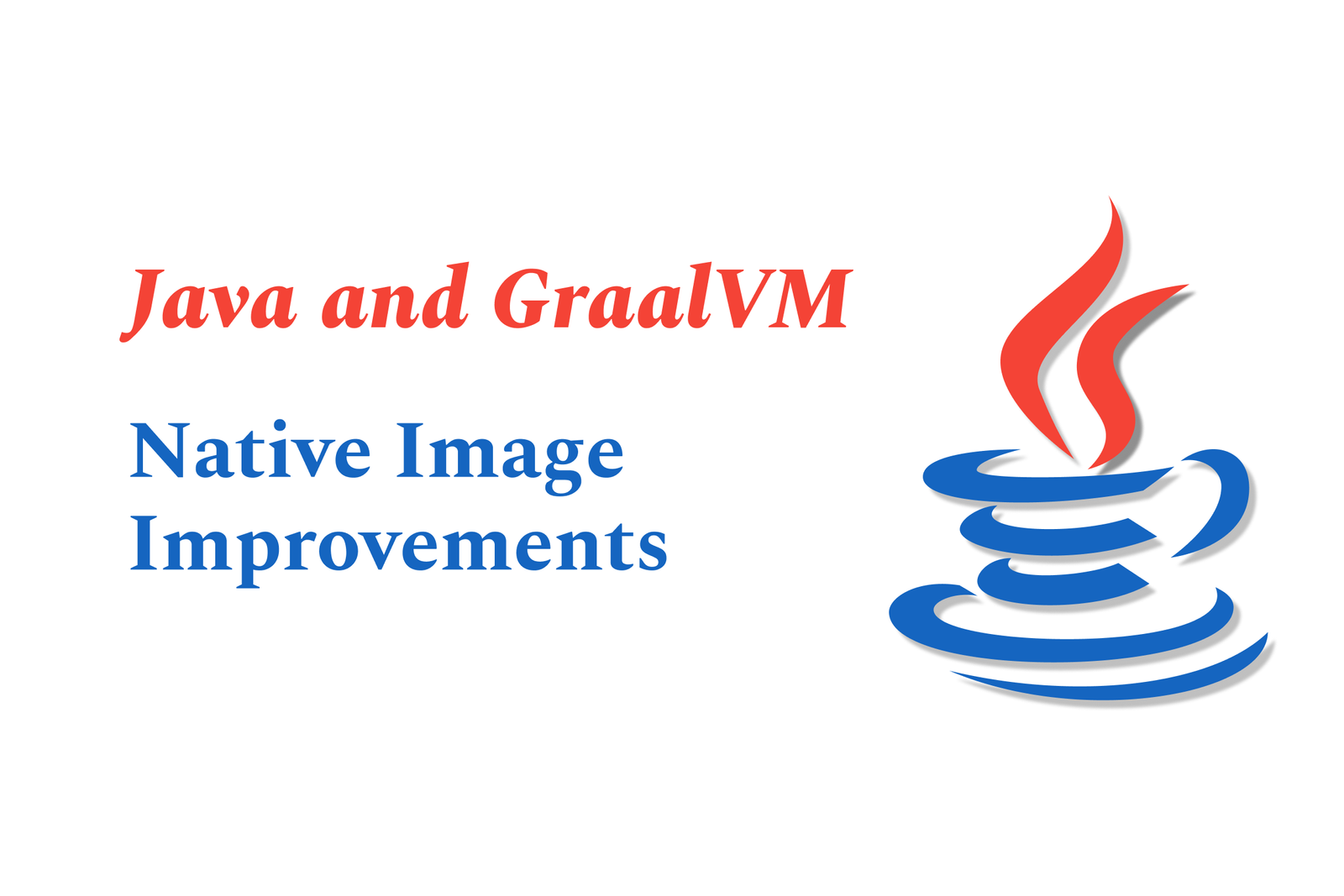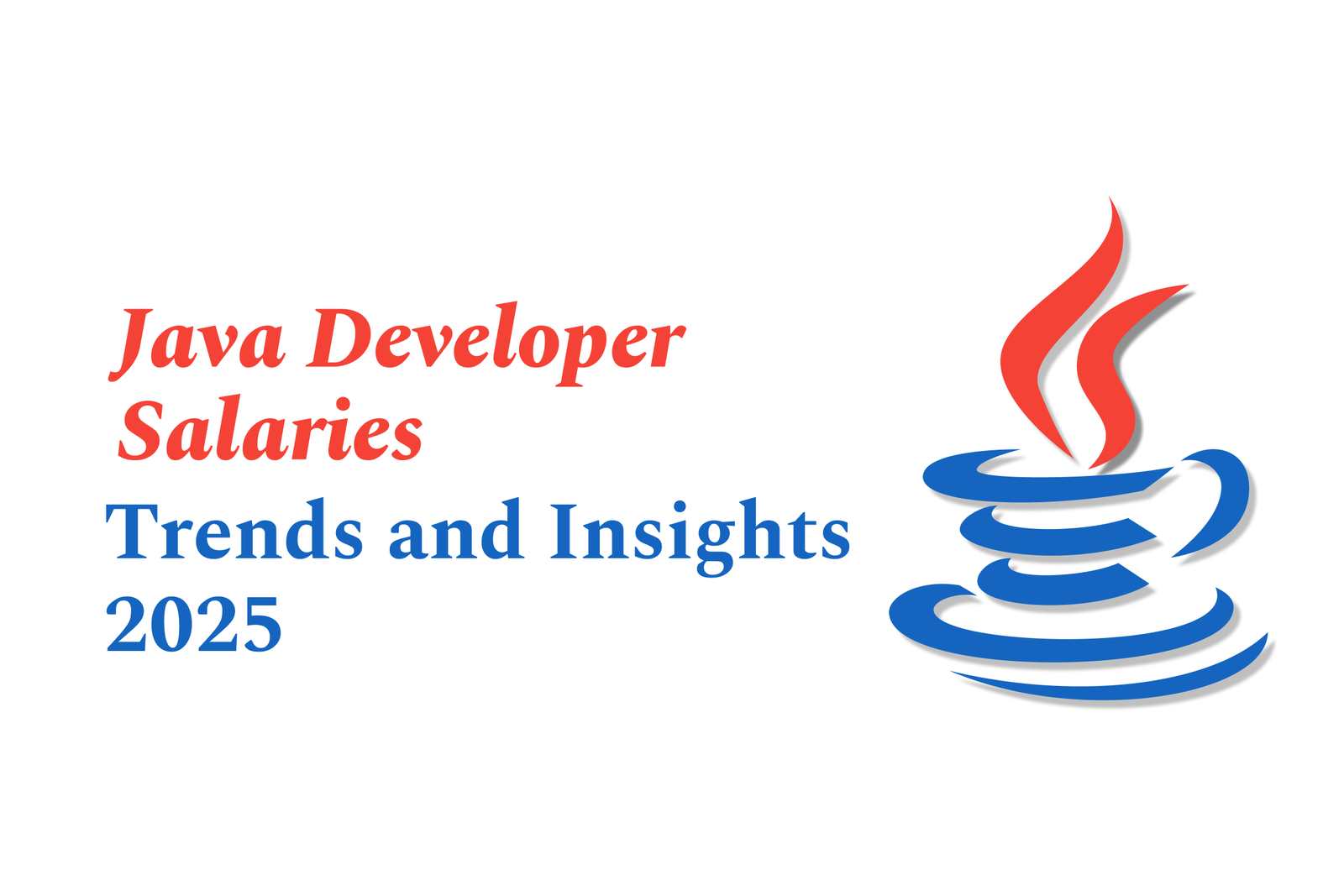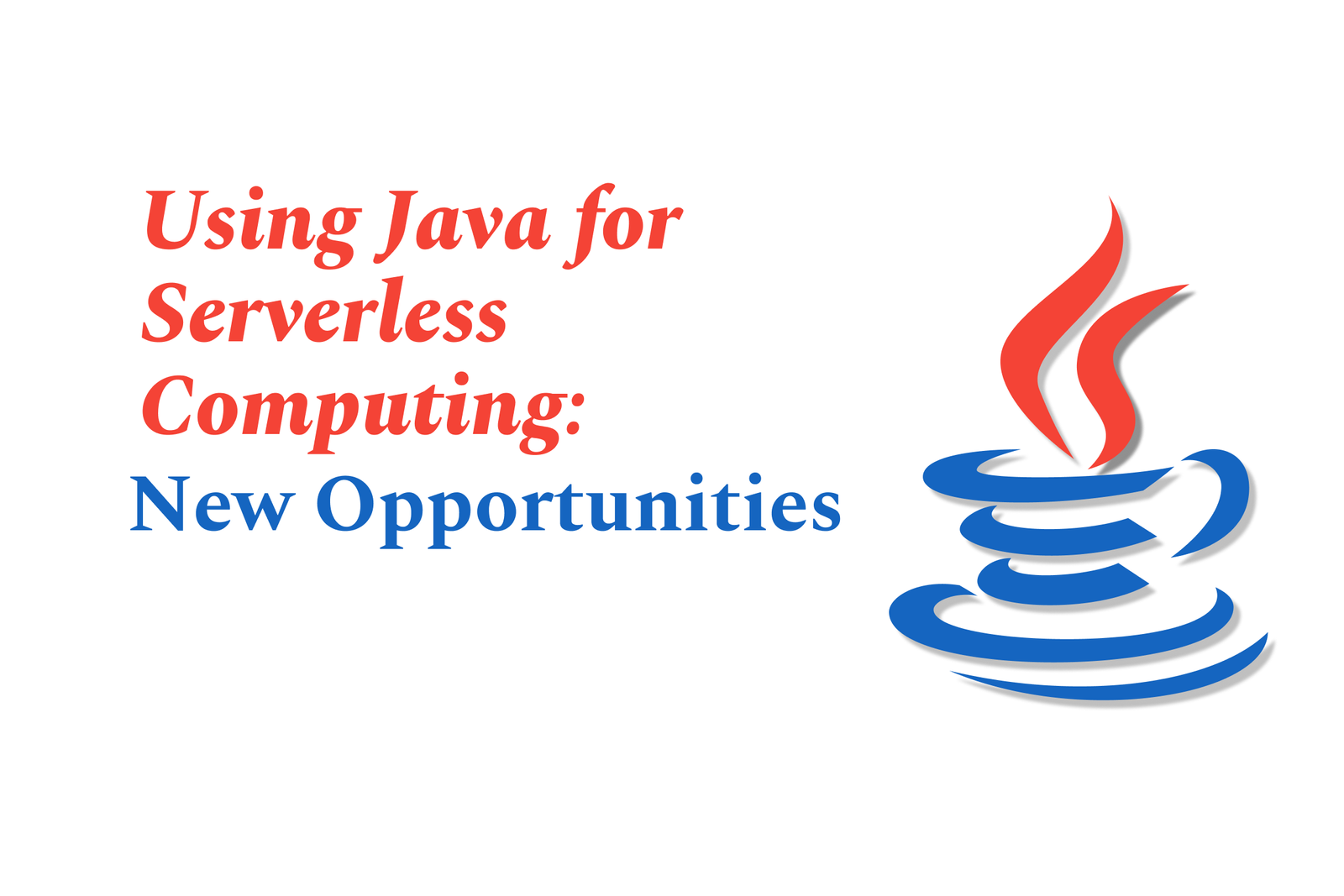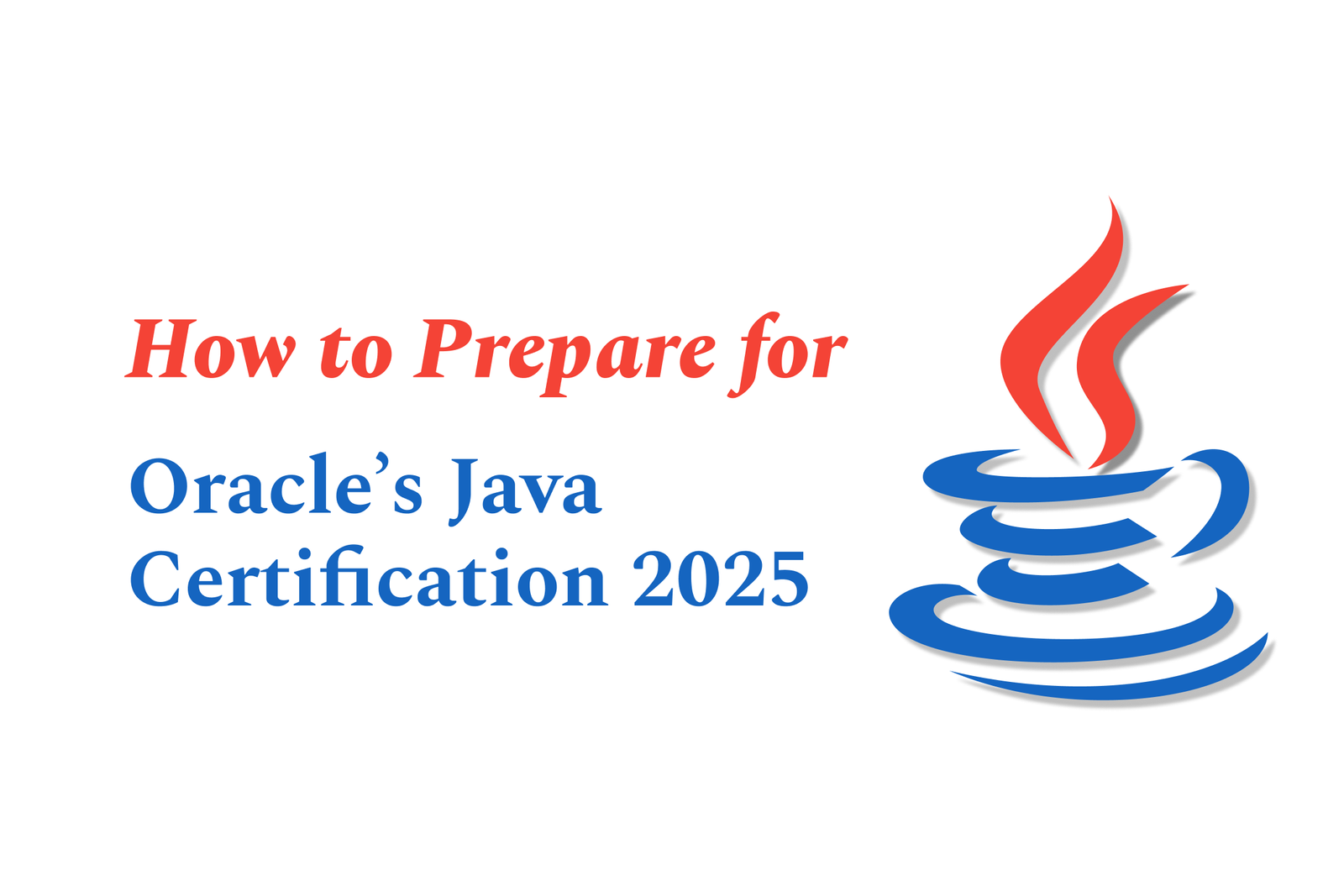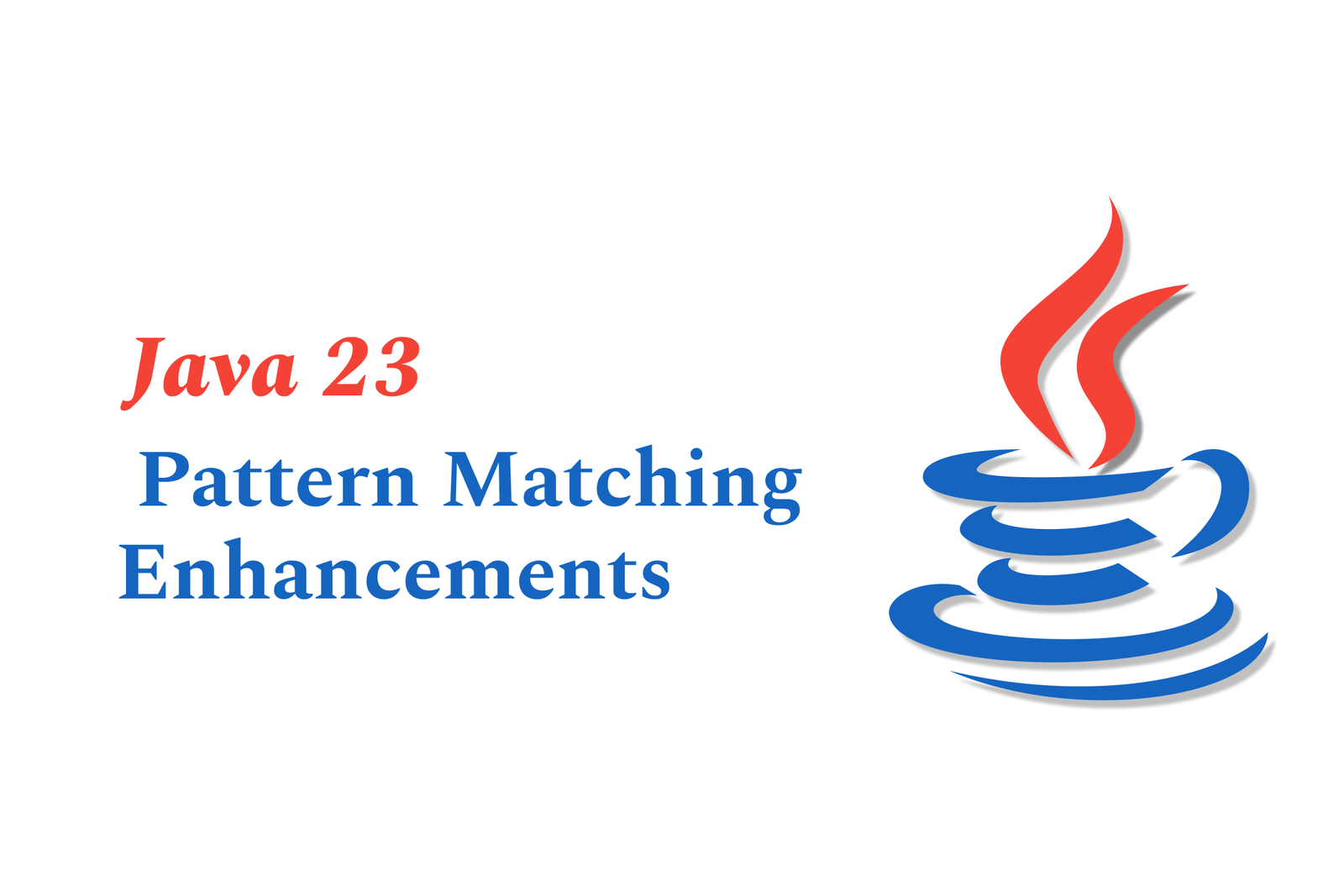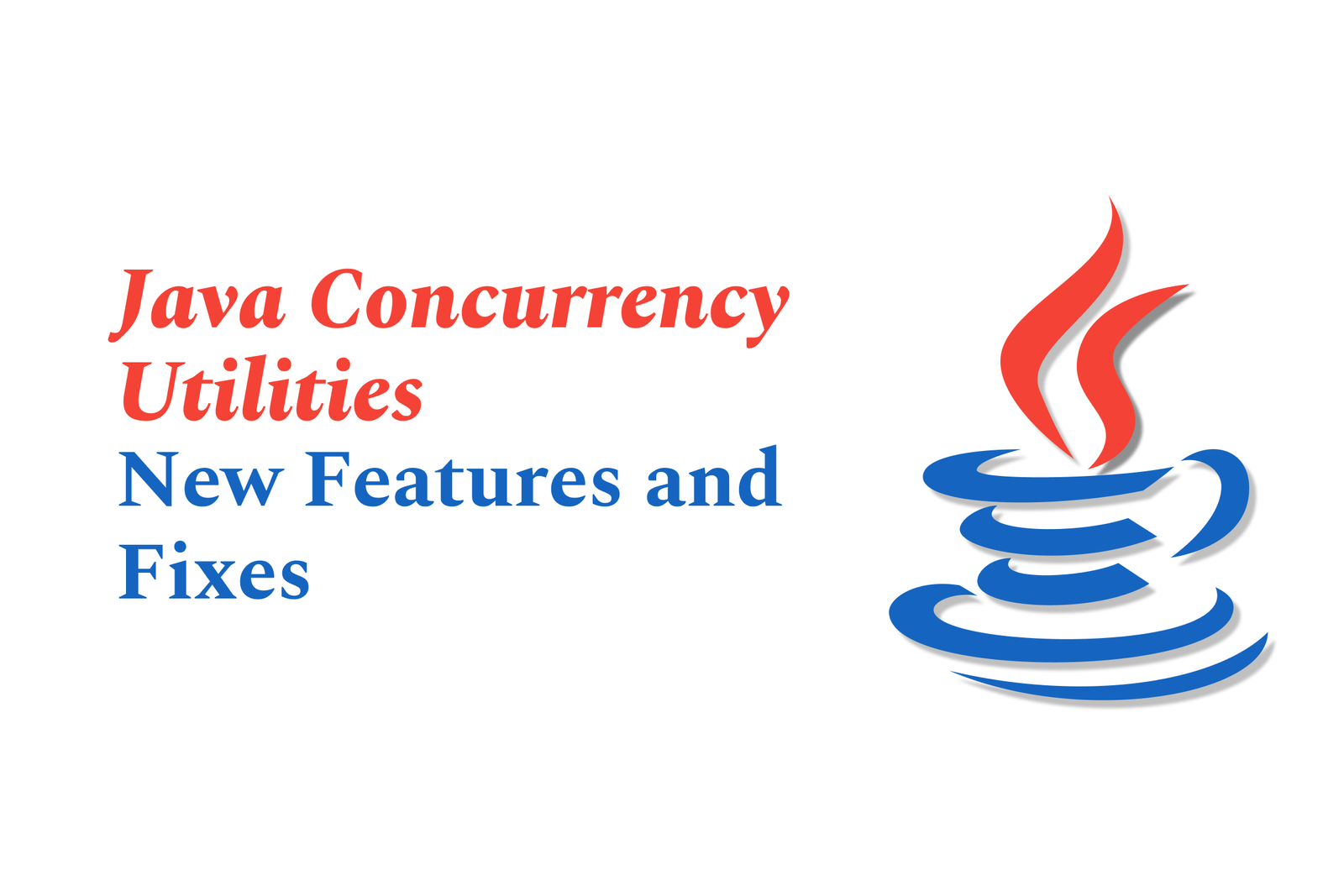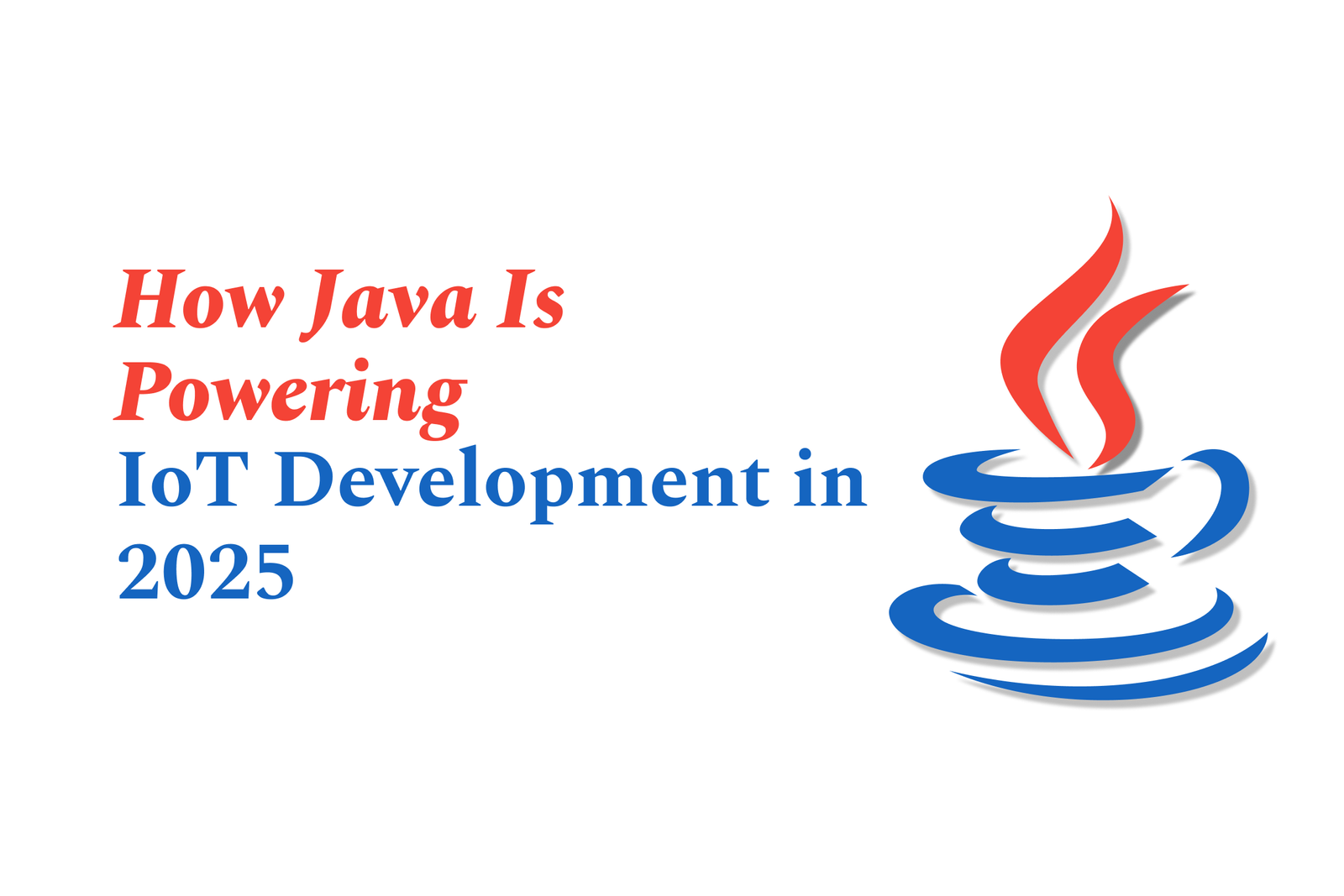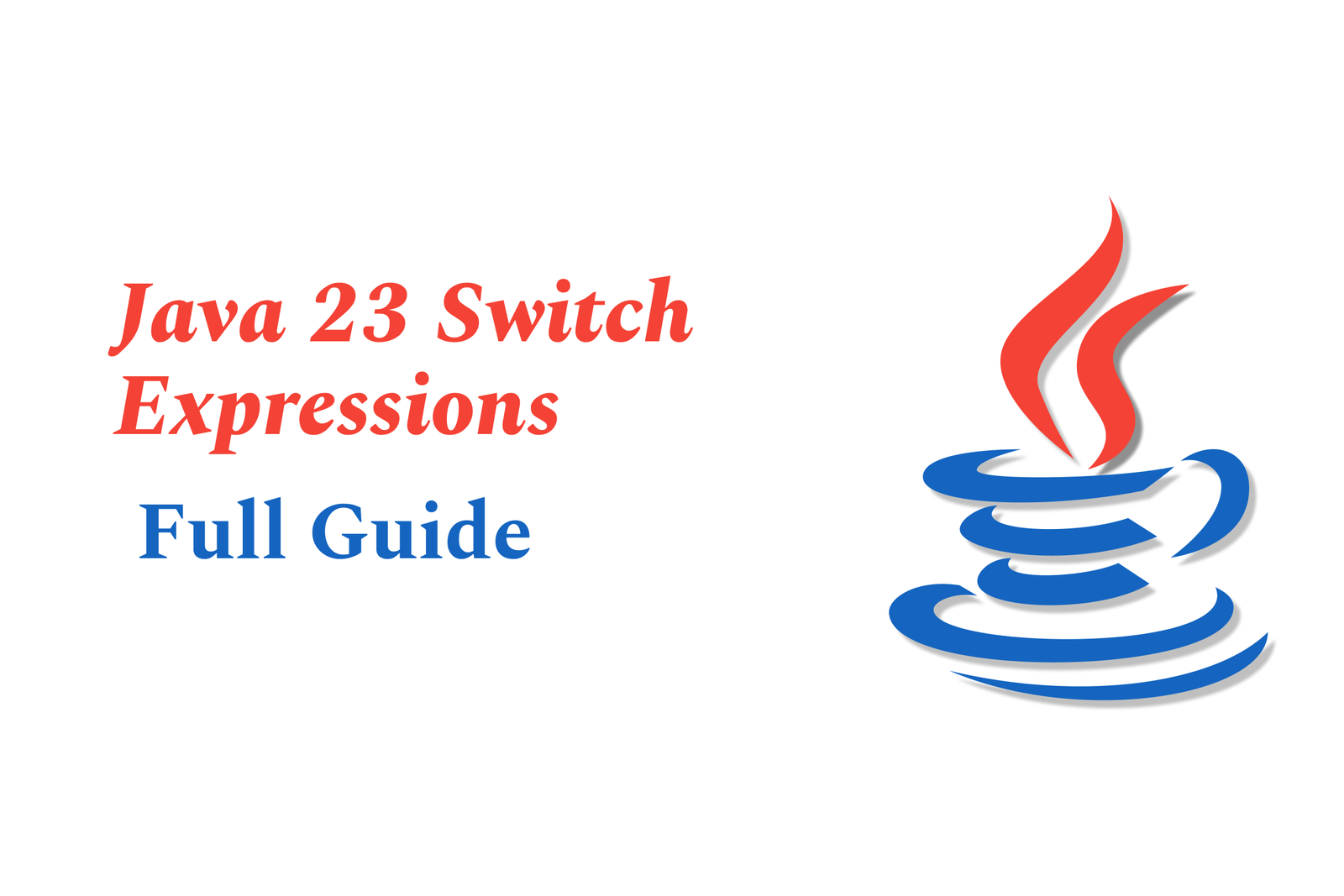Java Garbage Collection Tuning Tips Updated
Java Garbage Collection tuning optimizes memory management by selecting suitable GC algorithms and configuring JVM parameters to reduce pause times and improve performance. Updated tips emphasize using G1 GC for large heaps, monitoring GC logs, and prioritizing application-level optimizations.
Learn MoreJava 23 optional API enhancements
Java 23 enhances the Optional API by adding clearer, more expressive methods for handling nullability, improving stream integration, and supporting functional programming patterns. These updates simplify null checks, reduce boilerplate, and promote safer, more readable code.
Learn MoreJava And NoSQL Databases: What?S New?
Java and NoSQL databases are evolving together, offering developers scalable, flexible data solutions beyond traditional SQL. New advancements focus on seamless Java integration, enhanced query capabilities, and support for varied NoSQL models like document, key-value, and column-family stores.
Learn MoreJava in Cloud Security: Best Practices
Java in cloud security emphasizes secure coding, proper access control, input validation, and regular updates to protect cloud applications. Leveraging Java’s built-in features alongside best practices ensures robust defense against evolving cyber threats in cloud environments.
Learn MoreJava 23 API for Foreign Function & Memory Access
Java 23’s Foreign Function & Memory Access API enables Java programs to safely call native libraries and access off-heap memory, simplifying interoperability with non-Java code while enhancing security and performance compared to traditional JNI methods.
Learn MoreJava in Financial Trading Systems: Trends 2025
Java remains vital in financial trading systems in 2025, powering low-latency, secure, and scalable platforms. Its integration with cloud-native architectures, microservices, and AI-driven analytics drives innovation, ensuring efficient, real-time trading across global markets.
Learn MoreJava 23 support for vector API improvements
Java 23 introduces the eighth incubation of the Vector API, enhancing runtime-optimized, platform-agnostic vector computations for improved performance. Open Liberty’s beta support enables developers to test these advanced, efficient vector operations in modern Java applications.
Learn MoreJava in Enterprise Messaging Systems
Java in Enterprise Messaging Systems enables reliable, asynchronous communication between distributed applications using the Java Message Service (JMS) API. It provides a standardized, scalable framework for building interoperable, loosely coupled enterprise solutions.
Learn MoreJavaFX Vs Swing: What?S Relevant In 2025?
In 2025, JavaFX leads as the modern, feature-rich Java UI framework with advanced graphics, multimedia, and mobile support, while Swing remains relevant mainly for legacy app maintenance due to its stability but outdated features and limited evolution. JavaFX is preferred for new projects.
Learn MoreJava 23 and JEPs: which ones matter most?
Java 23 introduces several important JEPs enhancing modularity, library compatibility, and JVM performance. While not recommended for production, key JEPs like JEP 14's Tip & Tail Model shape Java’s future, easing upgrades and improving developer experience.
Learn MoreHow Java Handles API Rate Limiting in 2025
In 2025, Java handles API rate limiting by leveraging libraries like Resilience4j and Bucket4j to implement efficient request pacing, exponential backoff with jitter, and distributed coordination, ensuring smooth API access while respecting usage quotas and preventing throttling.
Learn MoreJava microbenchmarking best practices updated
Java Microbenchmarking Best Practices Updated highlights using JMH to accurately measure Java code performance. It emphasizes isolating tests, warming up the JVM, and analyzing metrics like throughput and execution time for reliable, data-driven optimization of Java applications.
Learn MoreJava and GraalVM: native image improvements
GraalVM's Native Image tech compiles Java apps ahead-of-time into lightweight, fast-starting executables. Recent improvements optimize multithreading and reduce image size, boosting startup speed and efficiency—ideal for cloud, microservices, and containerized Java deployments.
Learn MoreJava Developer Salaries: Trends and Insights 2025
Java Developer Salaries in 2025 reflect strong demand with competitive pay averaging $104K-$152K annually, especially in Web3 roles. Remote jobs remain limited, while hybrid work grows. Salaries are rising steadily, driven by Java’s versatility and use in emerging tech sectors.
Learn MoreUsing Java for Serverless Computing: New Opportunities
Using Java for serverless computing unlocks new opportunities by combining Java’s robust ecosystem with scalable, event-driven cloud platforms. Enhanced performance and native support help developers build efficient, cost-effective, and scalable applications without managing infrastructure.
Learn MoreHow To Prepare For Oracle?S Java Certification 2025
Oracle's Java Certification 2025 validates your Java skills, enhancing career prospects. To prepare, study the latest exam topics using official Oracle materials, practice with mock tests, engage in coding projects, join community forums, and maintain a consistent study schedule for success.
Learn MoreJava 23 pattern matching enhancements
Java 23 enhances pattern matching by extending support in `instanceof` and switch statements, improving type safety, allowing primitive and record patterns, and simplifying null handling. These upgrades enable more concise, readable, and expressive code for type-based logic.
Learn MoreJava Concurrency Utilities: New Features and Fixes
Java Concurrency Utilities introduced in Java 5 offer powerful tools like thread pools, concurrent collections, and synchronization primitives, enhancing multithreading efficiency, safety, and scalability by simplifying complex concurrency management and improving overall application performance.
Learn MoreHow Java is Powering IoT Development in 2025
In 2025, Java powers IoT development by offering cross-platform compatibility, robust security, and scalable frameworks. Its reliability and cloud-native support enable real-time data processing and seamless integration, driving smart agriculture and industrial IoT innovations worldwide.
Learn MoreJava 23 Text Blocks And Multiline Strings Updates
Java 23 enhances text blocks and multiline strings, improving whitespace control, escape sequence handling, and integration with formatting methods. This update makes writing readable, maintainable multiline strings in Java easier and more flexible than ever before.
Learn MoreJava 23 Switch Expressions: Full Guide
Java 23 Switch Expressions enhance the traditional switch by enabling it as a value-returning expression with concise arrow syntax, no fall-through, and advanced pattern matching—including primitives—making Java code safer, clearer, and more expressive.
Learn More
